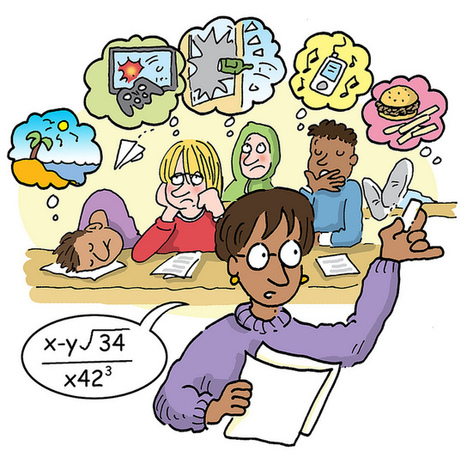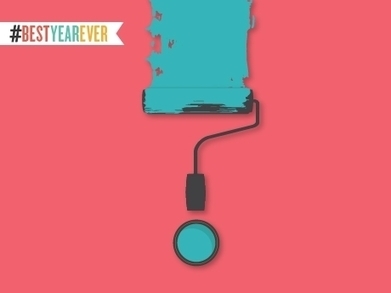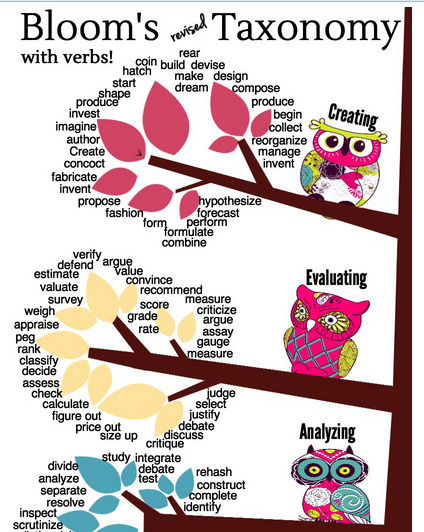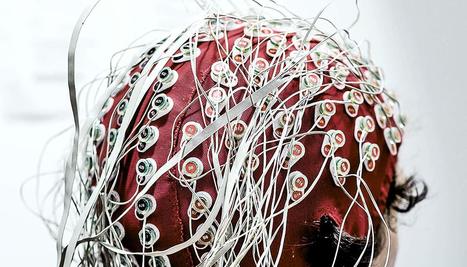Someone who has a more sophisticated understanding, more predictively accurate understanding, and/or an understanding that allows them to make explanations that others commonly judge to be better, of something, is said to understand that thing "deeply".
Conversely, someone who has a more limited understanding of a thing is said to have a "shallow" understanding. However, the depth of understanding required to usefully participate in an occupation or activity may vary greatly.
Learn more / En savoir plus / Mehr erfahren:
https://gustmees.wordpress.com/2016/11/14/pssst-the-most-important-in-education-understanding/
Via
Gust MEES



 Your new post is loading...
Your new post is loading...



















